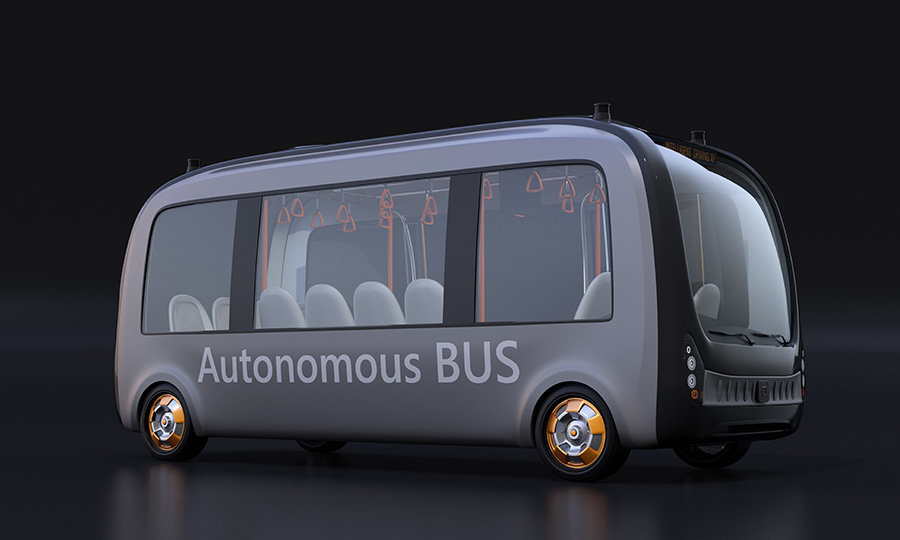Utilization in small autonomous bus mobility

Target Industry
- 【Research】Research institute, University
- 【Research】Research institute, University
- 【Tourism】Bus operating company, Airport operating company
Background and Challenges
In addition to labor shortages due to the declining birthrate and aging population, non-contact services are attracting attention due to the effects of the new coronavirus, and interest in autonomous driving technology is increasing in the field of transportation mobility such as minibuses. In addition, as a global trend toward defossil fuels, the demand for electricity-powered mobility is increasing.
On the other hand, battery electric vehicles (BEVs) that use lithium-ion secondary batteries, which are currently the mainstream, still has many problems, such as requires a long charging time and a relatively short battery life. So, in order to regularly use them for long-term operation, we need to replace the battery periodically.
In addition, lithium-ion secondary batteries use rare metals such as lithium and cobalt as electrode materials, and although there is little concern about depletion of lithium itself, the locations where it can be obtained are biased toward South America, Australia, and China. Both carry the potential risk of exhaustion and price increases against rising global demand.
In particular, when installing a Hybrid Super Capacitor on a vehicle that runs on a fixed route such as a community bus or an airport shuttle bus, if a non-contact power supply device is installed at a position where the vehicle stops, such as a station, continuous operation for a long time is possible. Therefore, the number of cases where the vehicle cannot be used due to long-term charging is overwhelmingly reduced.
Hybrid Super Capacitors have sufficient energy density to establish the above-mentioned "choco-choco-charging", and even if the number of charge / discharge cycles increases, the battery life of Hybrid Super Capacitors is long enough, so it is not necessary to replace the battery due to deterioration. This is the advantage of HSC.
In addition, unlike lithium-ion secondary batteries, rare metals are not used, so resource depletion problems and price risks can be suppressed.
In addition, Hybrid Super Capacitors have a long life and high reliability, so they can also be used as backup power sources for safe shutdown in an emergency.
Technical Advantages of Hybrid Super Capacitors (HSC)
Hybrid Super Capacitors are characterized by high rate current input / output characteristics, fast charging, and long life, and can meet the requirements for mobility such as minibuses.
High Input Current Rate
- One of the characteristics of Hybrid Super Capacitors is that the battery does not deteriorate even if it is quickly charged with a large current in order to run a small bus for a certain distance.
Fast Charge
- It can be charged up to 80% of the procedure in 20 seconds, so once installed, it is possible to reduce the trouble of reloading the battery and the time loss of waiting for charging.
- Hybrid Super Capacitors (HSC) can be used while charging, so if a charging station is installed at the work place, it can operate 24 hours a day without a spare battery or remounting work.
Long Life
- Even if contactless charging and discharging are repeated frequently at short intervals, the deterioration rate is not much and frequency of device replacement will be greatly reduced.
Energy Storage Device Comparison
| Hybrid Super Capacitor (HSC) | Lithium Ion Battery (LIB) | Electric Double Layer Capacitor (EDLC) | Lead-acid Battery | |
|---|---|---|---|---|
| Voltage | ◎ | ◯ | △ | △ |
| Energy density | ◯ | ◎ | △ | ◯ |
| Safety | ◯ | △ | ◯ | ◯ |
| Lifespan | ◎ | △ | ◯ | △ |
